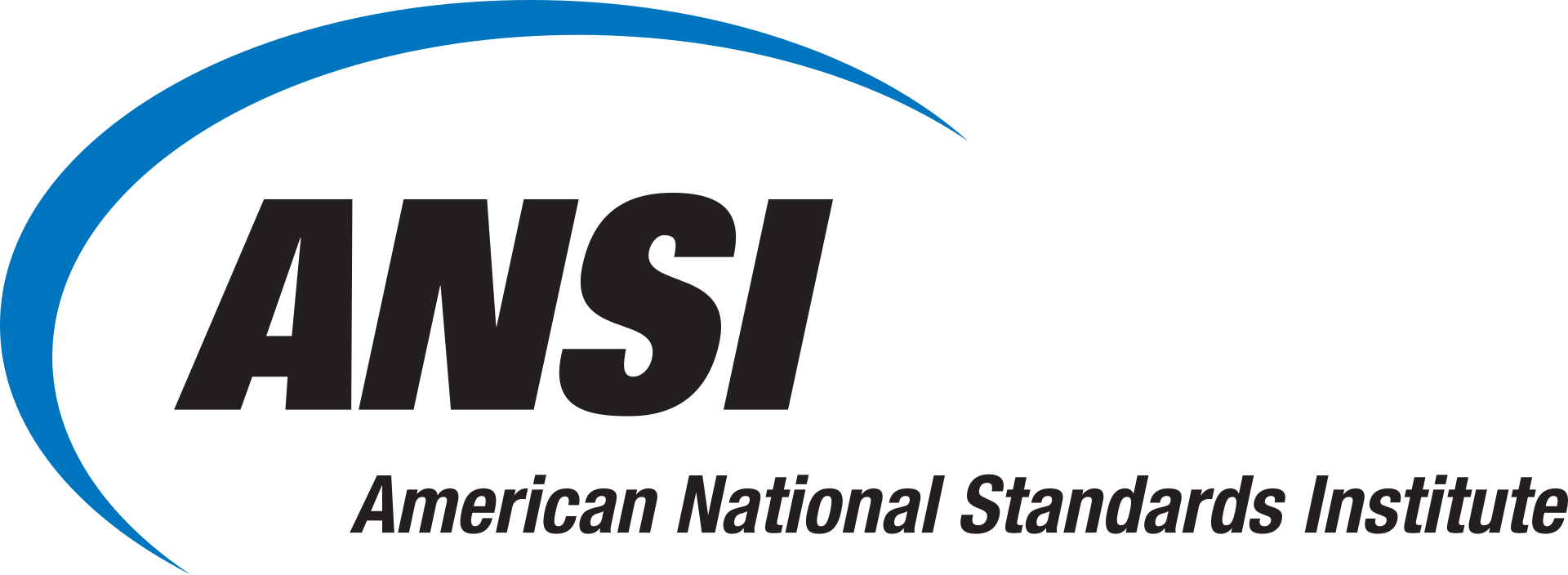Thanksgiving & ISO 8601: How Date Standards Clarify Holidays

The international recognition of the ISO 8601 time and date format helps us understand the importance of consistency in time-keeping. For instance, when booking travel, ensuring your flight lands on the correct date—especially around a movable holiday like Thanksgiving—can make a big difference. Or when scheduling a family video call or a virtual dinner during the holiday season, ISO 8601 is there to keep everything clear and organized no matter where you are located in the world.
What Is ISO 8601 Standards Series?
ISO 8601 standards series defines an internationally recognized format for representing dates and times. By establishing a consistent numeric format, the ISO 8601 series provides an international standard for exchanging date and time-related data, assuring clear, unambiguous communication across different countries and systems. The ISO 8601 Standards series is essential for software, financial transactions, and communication systems that operate across different geographical regions and time zones for data integrity and machine readability.
- Data Integrity: Prevents costly errors and misinterpretations in commercial and industrial applications.
- Machine-Readable: Creates data that is easily processed and sorted by computers, leading to better data analysis and interoperability.
You can find the ISO 8601 series on the ANSI Webstore in our Standards Package: ISO 8601 – Date and Time Information Interchange Package.
ISO 8601 Time Formats
Here are some examples of ISO 8601 formats:
- Date: 2025-10-30 (October 30, 2025)
- Time (24-hour): 14:12:48 (2:12:48 PM)
- UTC Time: 14:12:48Z (2:12:48 PM UTC)
- Date and Time (with offset): 2025-10-30T02:12:48-12:00 (October 30, 2025, at 2:12:48
- Week Date: 2025-W44-4 (the 4th day of the 44th week of 2025)
- Duration: P1Y2M3DT4H5M6S (a duration of 1 year, 2 months, 3 days, 4 hours, 5 minutes, and 6 seconds)
How ISO 8601-1:2019 Solves Date Ambiguities in a Globalized World
ISO 8601-1:2019 is the first part of the ISO 8601 international standard series for representing dates and times in a way that is human-recognizable and machine-readable, preventing misinterpretation during information interchange. ISO 8601-1:2019 establishes basic rules for Gregorian calendar dates and 24-hour clock times, including formats for dates, times, UTC, time shifts, and intervals, using numbers and standard symbols. The standard uses the format YYYY-MM-DD (year-month-day) to eliminate confusion caused by different regional conventions for date formatting.
Without ISO 8601-1:2019, dates like “01/02/2025” could be interpreted as January 2nd or February 1st, depending on regional conventions. This standard solves such ambiguities by providing a strict order (Year-Month-Day, Hour-Minute-Second) and standardized separators. By using a clear, internationally agreed-upon system, ISO 8601-1:2019 helps assure that dates are easily understood across borders, especially in our increasingly globalized world. It is particularly helpful in fields like business, travel, software development, and even event planning, where the need for precise, universally understood dates is paramount.
You can learn more about ISO 8601-1:2019 in our blog post: How the ISO Date Format Tells Today.

Movable Holidays: Thanksgiving
A movable holiday is a religious festival or observance that occurs on a different calendar date each year, rather than on a fixed, constant date like Christmas. The date of a movable holiday is determined by a complex formula, many of which relate to the date of Easter, which is calculated based on the spring equinox and the first full moon after it.
Thanksgiving is a moveable holiday in the sense that its date changes each year, though it is fixed to a specific day of the week, the fourth Thursday of November, by federal law in the United States. In the U.S., Thanksgiving is celebrated on the fourth Thursday of November, while in Canada, Thanksgiving falls on the second Monday of October. For instance, Thanksgiving in the U.S. took place on:
- November 23rd in 2023
- November 28th in 2024
- November 27th in 2025
And in Canada, it took place on:
- October 9th in 2023
- October 14th in 2024
- October 13th in 2025
Without date standards, people across the world might be left guessing or consulting a calendar to figure out when exactly Thanksgiving falls.
How Is ISO 8601 Applied to Thanksgiving?
ISO 8601-2:2019 defines a “movable day” as a recurring day in a calendar determined by one or more selection rules [e.g., the third Sunday in June (Father’s Day) and the fourth Thursday in November (U.S. Thanksgiving)] that do not result in a fixed calendar date in a given year. ISO 8601-2:2019 specifies how to represent these “movable days.” This standard extends ISO 8601-1:2019 by providing formats for date and time selection and is used to assure consistent, machine-readable communication of these rule-based, shifting calendar event.
So, ISO 8601 is used to represent the resulting specific calendar date of Thanksgiving, such as 2025-11-27 for U.S. Thanksgiving in 2025, by standardizing the year-month-day format (yyyy-mm-dd) to avoid ambiguity, even though the rule for determining the date (fourth Thursday in November) is not part of the standard itself. ISO 8601 can be applied as follows:
- Determining the Date: First, apply the rule for Thanksgiving (e.g., fourth Thursday in November for the U.S.) to a specific year to find its actual date.
- Format the Result: Then, represent that specific date using the ISO 8601 yyyy-mm-dd format. (e.g., for 2025, the fourth Thursday in November 2025 is November 27th, making the ISO 8601 Representation: 2025-11-27)
Why ISO 8601 Matters for Thanksgiving
Whether you are celebrating Thanksgiving in the United States or Canada, the holiday is a time to reflect on gratitude, enjoy delicious meals, and spend time with loved ones. But while the spirit of Thanksgiving is universal, there is one tricky aspect of the holiday that often confuses people from year to year: the exact date. ISO 8601 provides clarity—and not just for Thanksgiving, but for all “movable holidays.” Thus, for people across time zones or cultures, having one agreed-upon system for date representation as detailed in the ISO 8601 standards series for date and time interchange prevents confusion.






